Western Australia (WA) is the biggest Australian state by land size with a measured area of 2.6 million square kilometers, and is home to almost just as many Australian residents and citizens. Despite the sheer size, almost all of the private hospitals in WA are in Perth, if not close to it.
Western Australia can also be tricky when it comes to what products and policies are prominent and well-recognized by local health providers. Many east coast health insurance funds have very little foothold way over in Perth, which certainly begs the question: who does the best health insurance in WA?
Of course, there is no such thing as a best health insurance fund and you should be careful heeding any advice that declares any one fund as being the “best”. This article does, however, seek to compare the key performance indicators that might demonstrate holistically the health insurance funds that stand above the rest in WA.
We will measure and compare the overall percentage of hospital related charges, the percentage of doctors gaps that were covered, and the benefits paid by funds compared to contributions paid into the fund by members. We will also take a look at which health funds hold the most market share in WA and who have most of their member-base in WA.
All the data used to share this information is taken from the most recent State of the Health Funds Report from the Commonwealth Ombudsman, which is updated each year on April 1st with data from the year prior. It’s important to understand that the following figures and comparisons will have changed slightly and will be updated when the new report comes out later this year.
The following tables only display the top 15 results. Please be aware that there are many more health insurers available in Western Australia. If you would like to compare health insurance in WA, get in touch with us for some advice.
Western Australia market share
in WA
Medibank
20.2%
Total members held in WA
in WA

Portability
Don’t re-serve waiting periods when you switch to a new health fund or policy
“John was immediately covered for a hip replacement in private hospital because he had already served his waiting periods for joint replacements on his old policy”
Health fund performance in WA
Benefit as percentage contributions in WA
An interesting outcome of reviewing this data is that some of the health insurers listed earlier as having the most market share in WA are not necessarily topping the charts for performance in the listed categories. We wrote an article about how the size of a health fund is not an indication for how they might perform.
Bigger isn’t always better
We have ranked the table above by benefits as a percent of contributions by members. This figure basically shows how much each health insurer pays back to their members in the way of benefits and payouts as a percentage of premiums contributed by members. Whether it’s in-patient or out-patient medical bills, doctors gaps, extras payouts or any health perk or benefit paid for by the fund, this figure demonstrates the overall value of the health fund in Western Australia. It comes as no surprise that the results for benefits as a percentage of contributions is top-heavy with not-for-profit health funds, after all, there are no share-holders to consider and all profits go back into members, often in the form of benefits. That being said, it does not necessarily demonstrate the value of any one policy with any health fund listed above. Each fund has a multitude of products and policies, each with it’s own inherent value rating. The ratings above are strictly universal and are being referenced as a point of overall health fund performance.
Hospital related charges covered in WA
These figures pertain to the amount that each health insurer paid on average of the total cost for in-patient treatments, where 100% is the total cost for the medical treatment. The Commonwealth Ombudsman describes it as: “…charges for hospital accommodation, theatre costs, prostheses and specialist fees (not including the Medicare benefit) and associated benefits (after any excesses and co-payments are deducted). ” (Private Health Insurance Ombudsman State of the Health Funds Report 2022). The industry average for hospital related charges covered in Western Australia is 92.7%.
Percentage of services with no gap or known gap in WA
The number of in-patient health services where no gap was charged to the patient. The ‘gap’ is the out-of-pocket expense charged by the operating doctor and specialist, as well as the operating Anesthetist. The gap amount is the difference between the Medicare Benefit Schedule fee (what Medicare pays) for the procedure and the doctors’ fee (what the doctor/s are charging). Of course, the gap is payable by the member.
No Gap‘ means the procedure was performed and there was no gap fee charged to the patient. This is often the case if the doctor chose to participate in a gap-cover scheme with the patients’ health insurer. All that said, the figures above represent how many of the total private procedures performed in WA were with no gap.
Known gap‘ is similar to no gap, however, the fee is not entirely waived. A known gap arrangement is where the doctors’ gap fee is reduced but not eliminated. The figures above under this column represent how many of the total private procedures done in Western Australia for the year were with a reduced gap or no gap.
In conclusion, it’s hard to say who is the best health fund in WA. There are numerous ways that we can measure a health fund in addition to what we have listed in the tables of this article. One important factor to consider is that all the night and day private hospitals in WA are centered around Perth. This makes health insurance tricky for any rural Western Australians who may not have easy access to Perth without a great or difficult journey.
There are some health funds that have greater benefits for Travel and Accommodation – an amount claimable by the member for costs associated with long-distance travel for some medical services. Some funds are cheaper at insuring someone as a private patient in a public hospital, which is often beneficial to people who only have access to a public hospital.
Health insurance in WA is complex and multi-faceted. Different health funds are going to suit people of different health needs. Get in touch with us for some helpful health insurance advice. We can help you access some of the best health funds as per the performance tables listed above.









